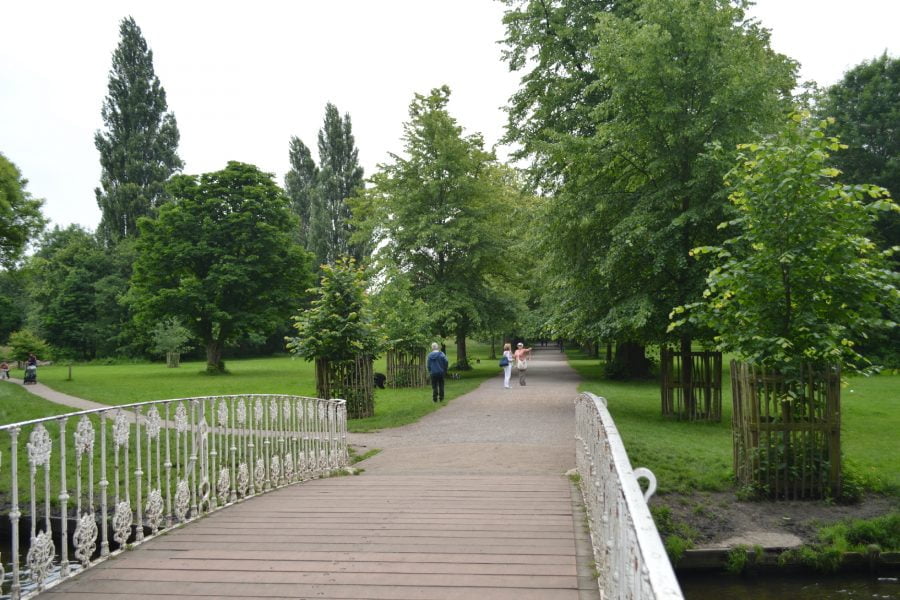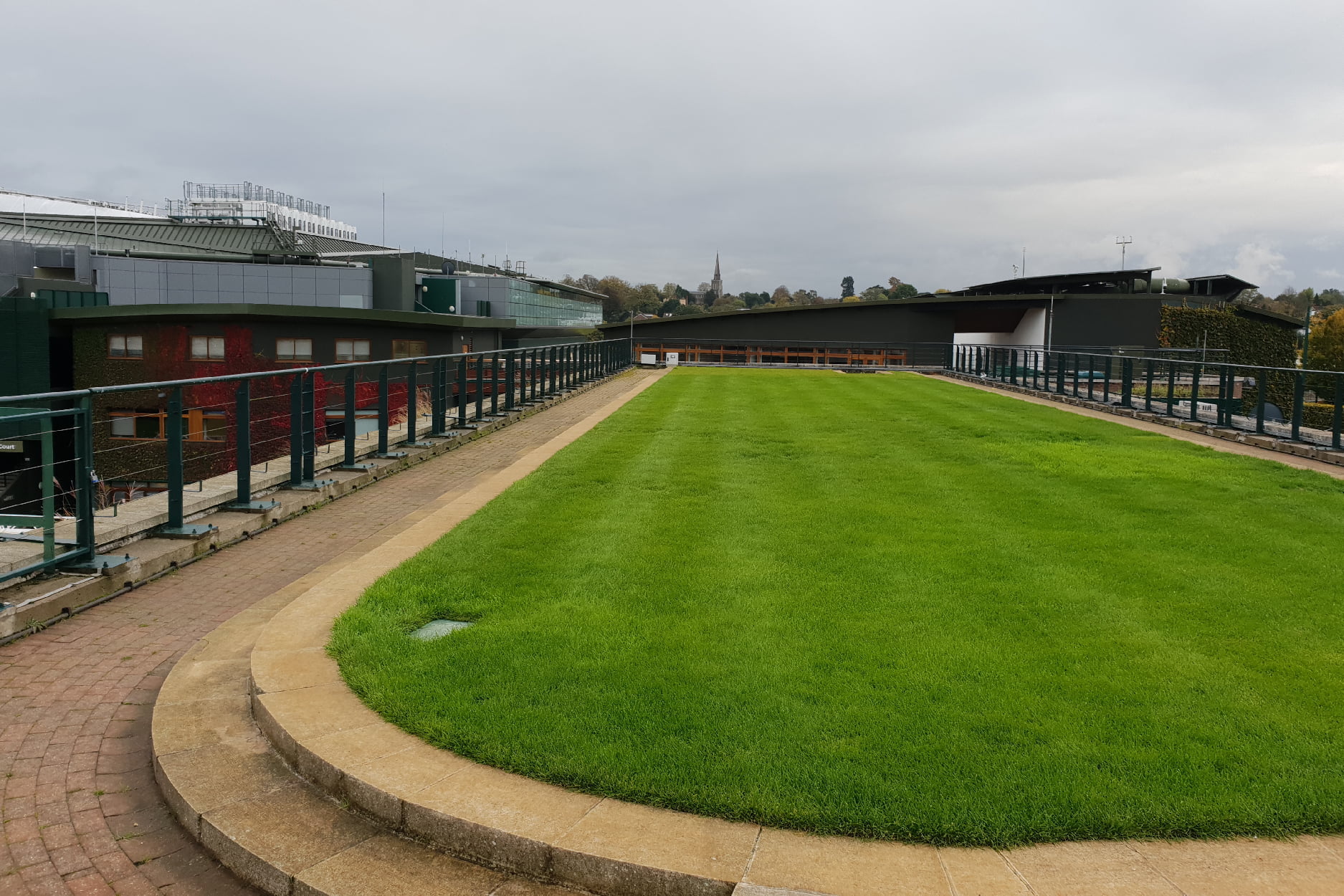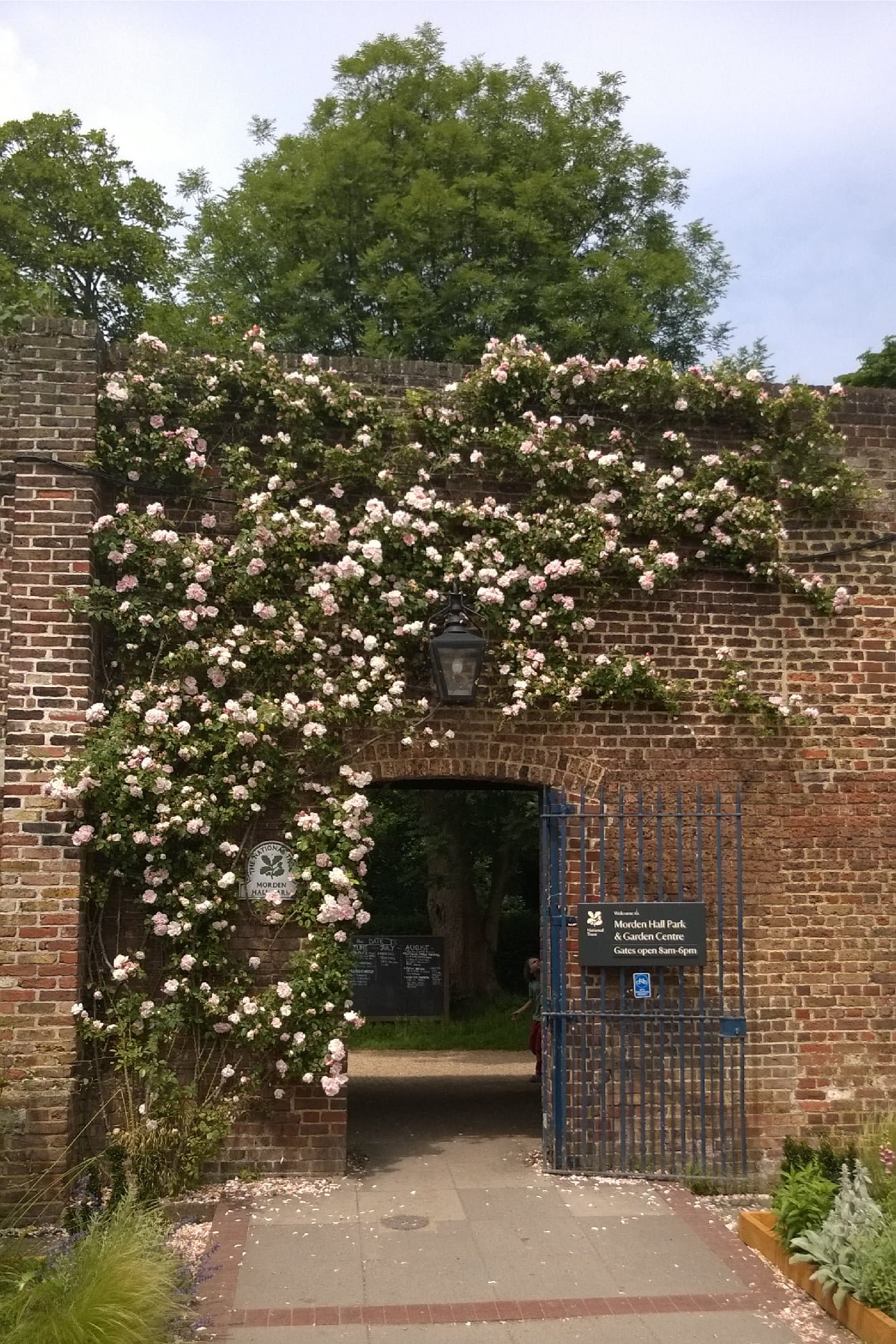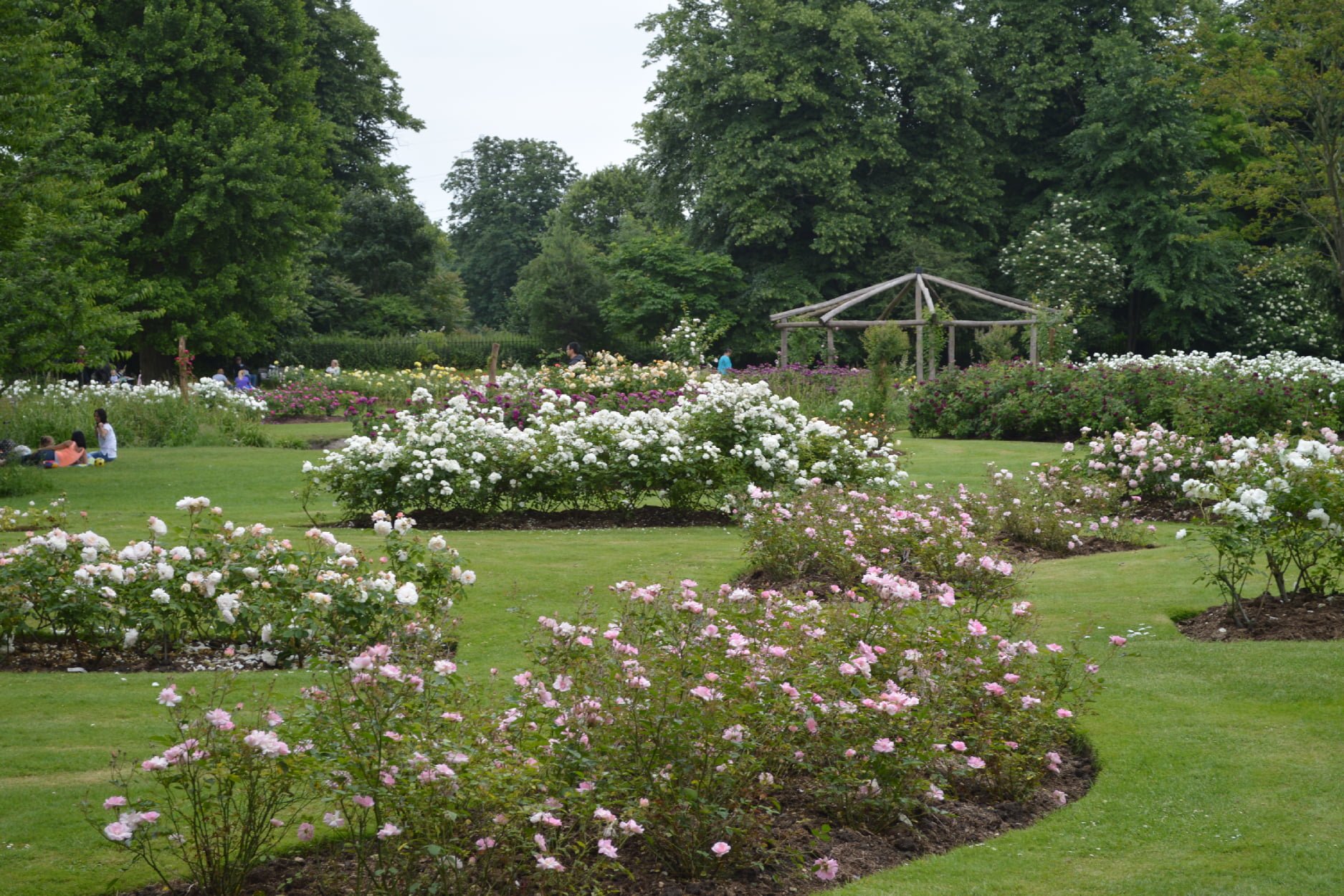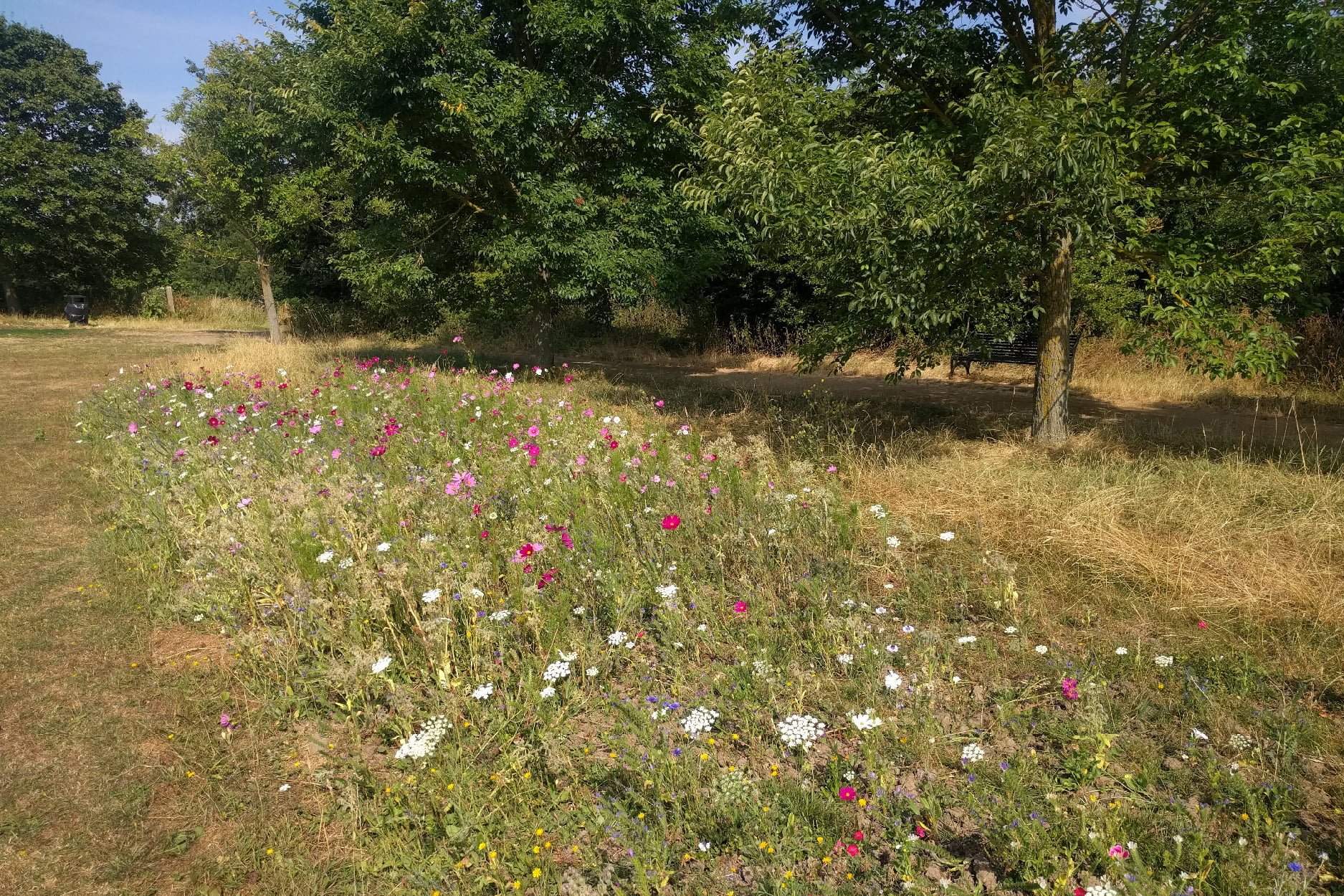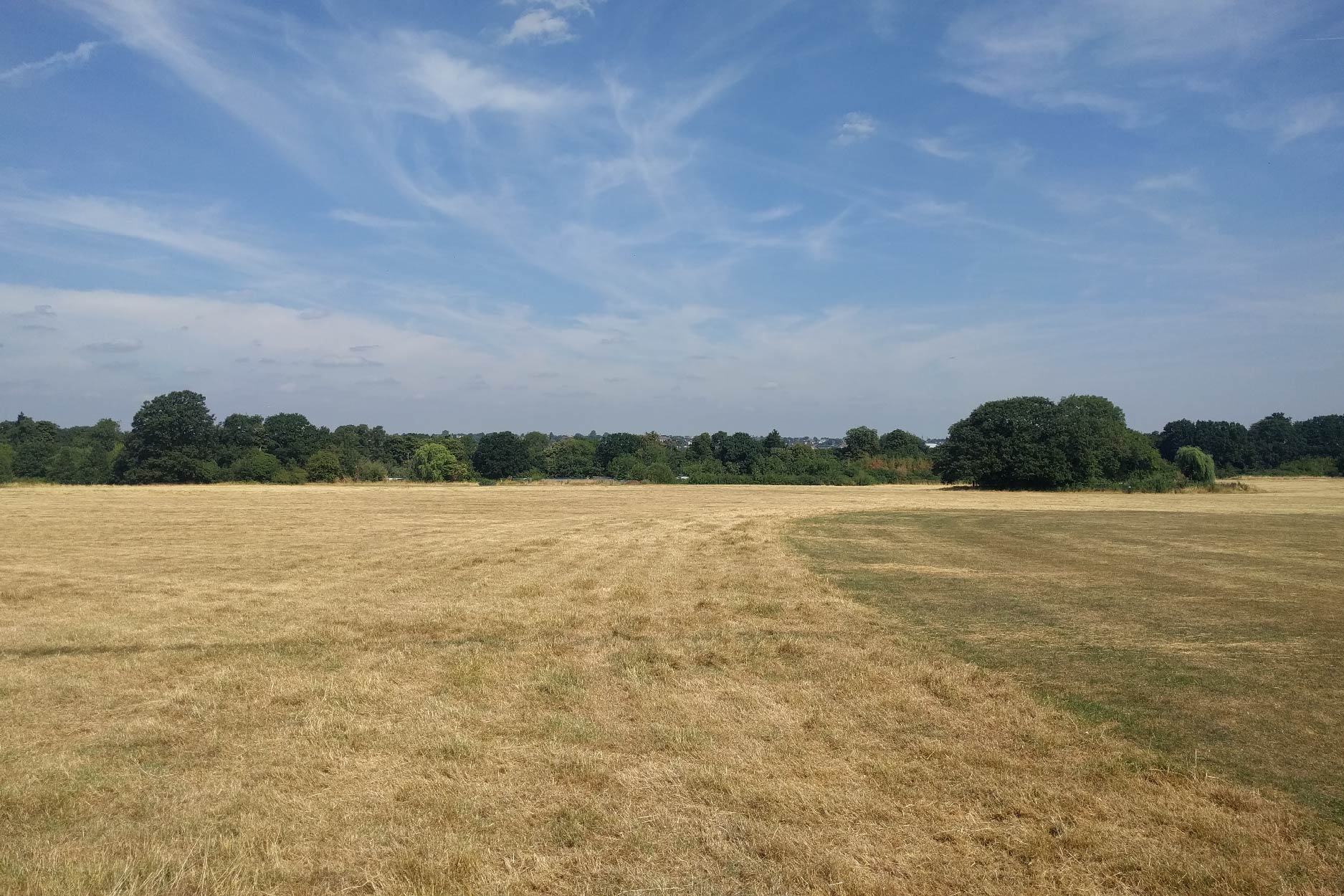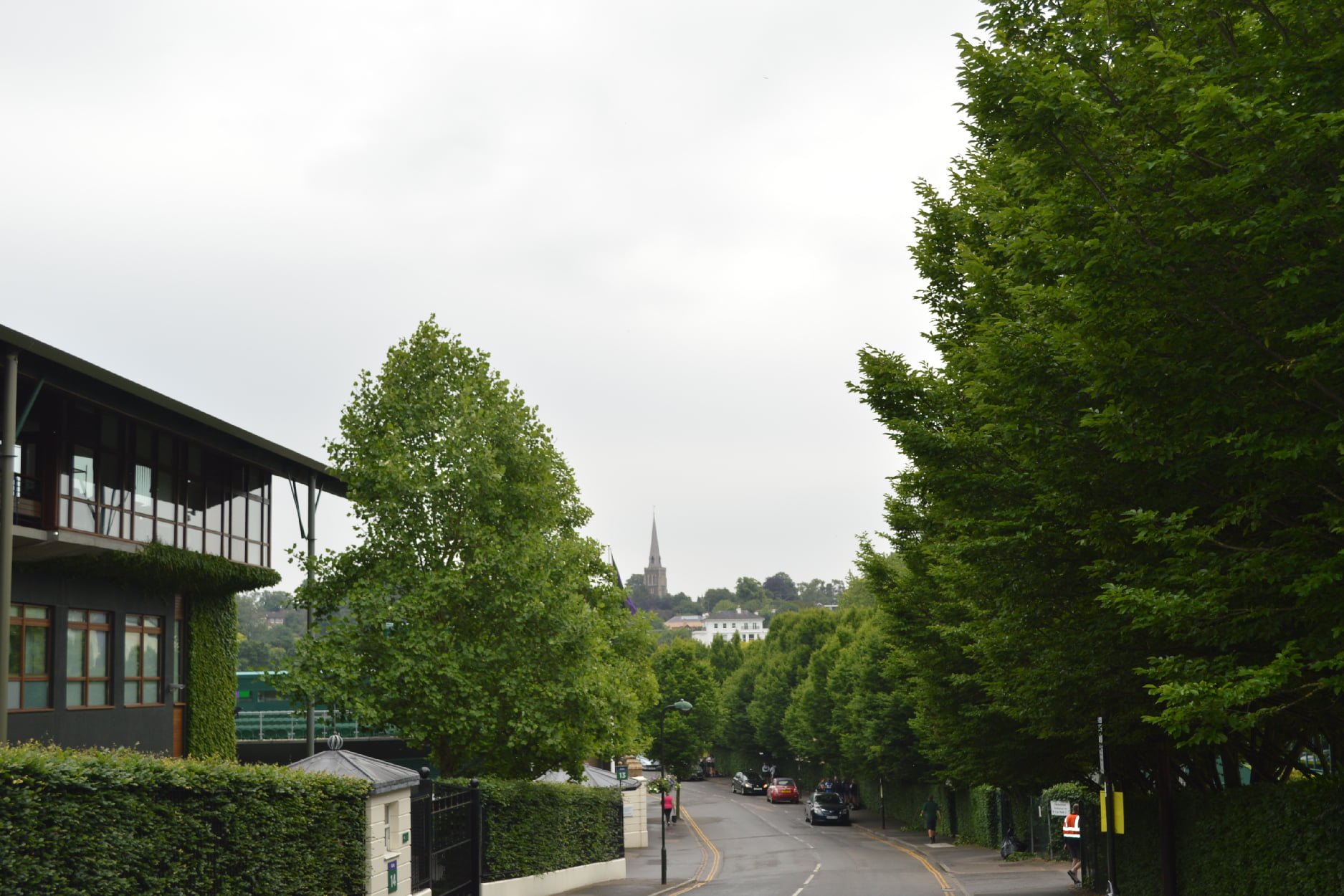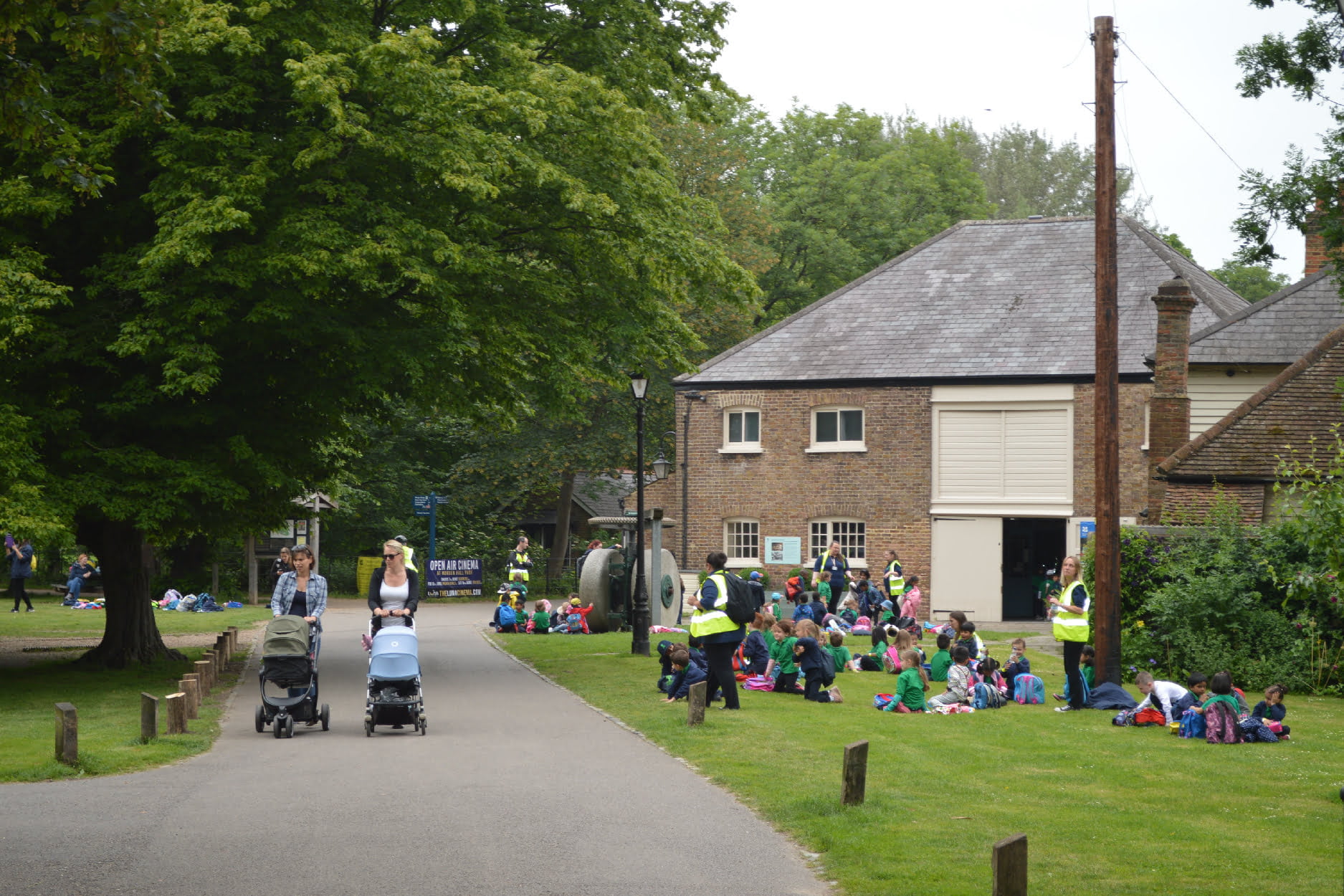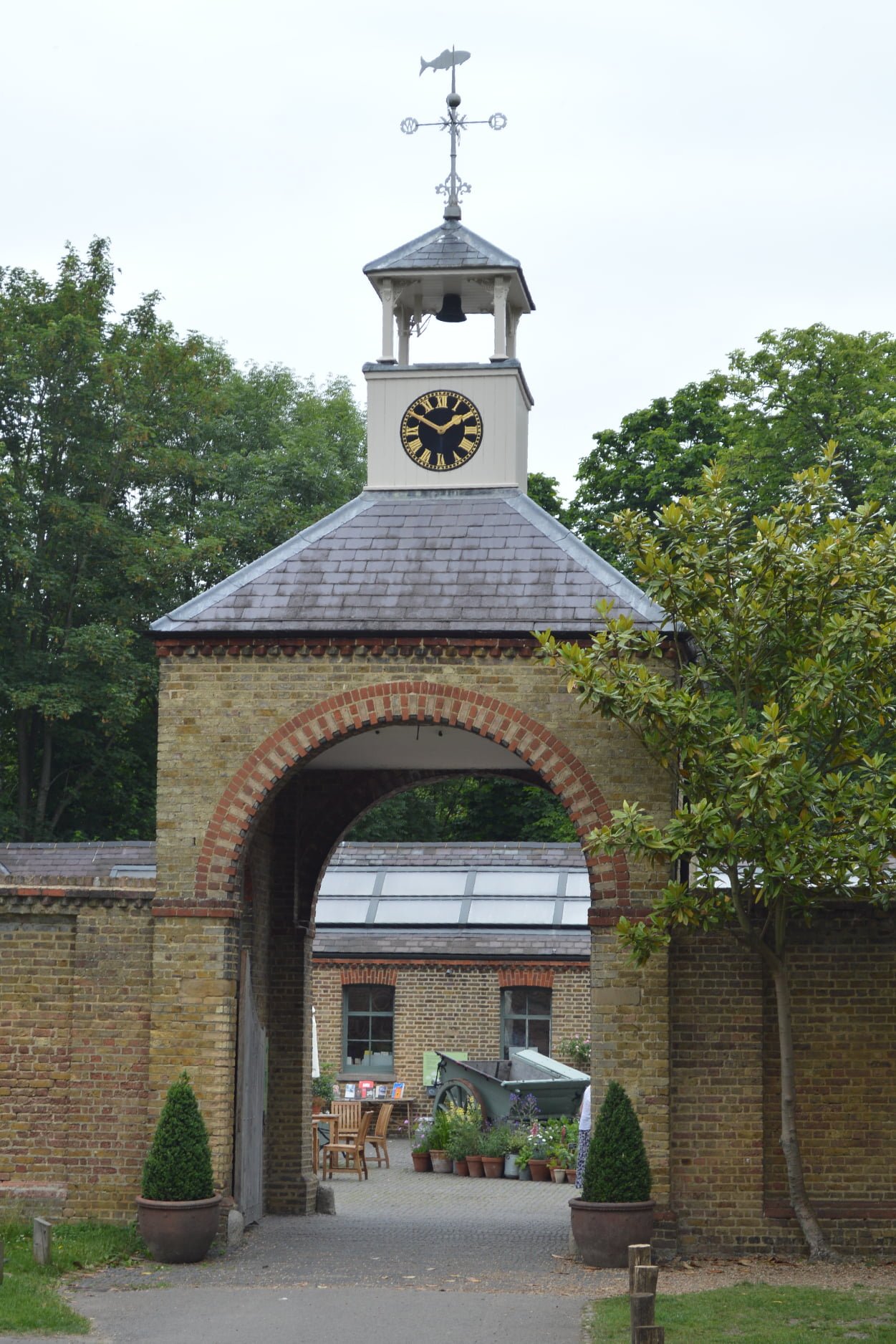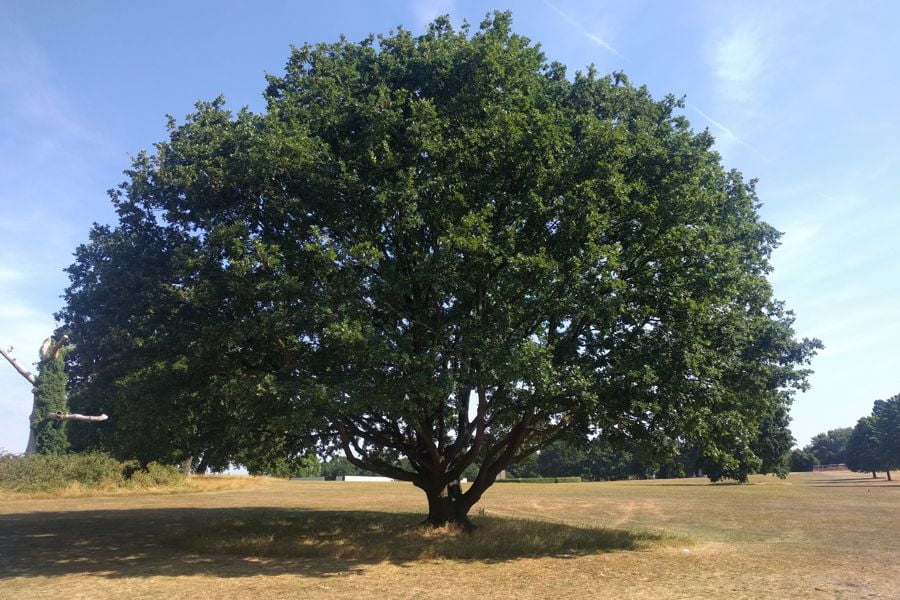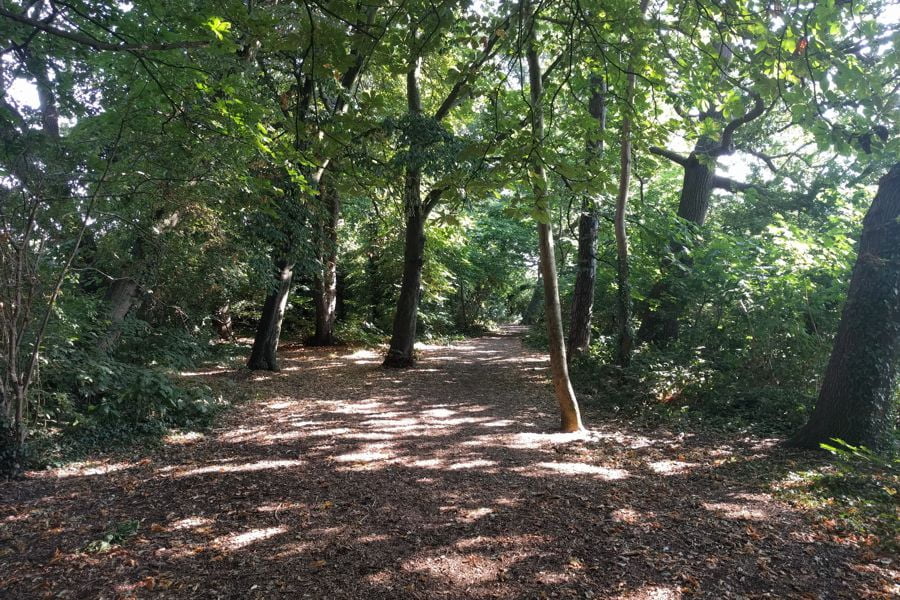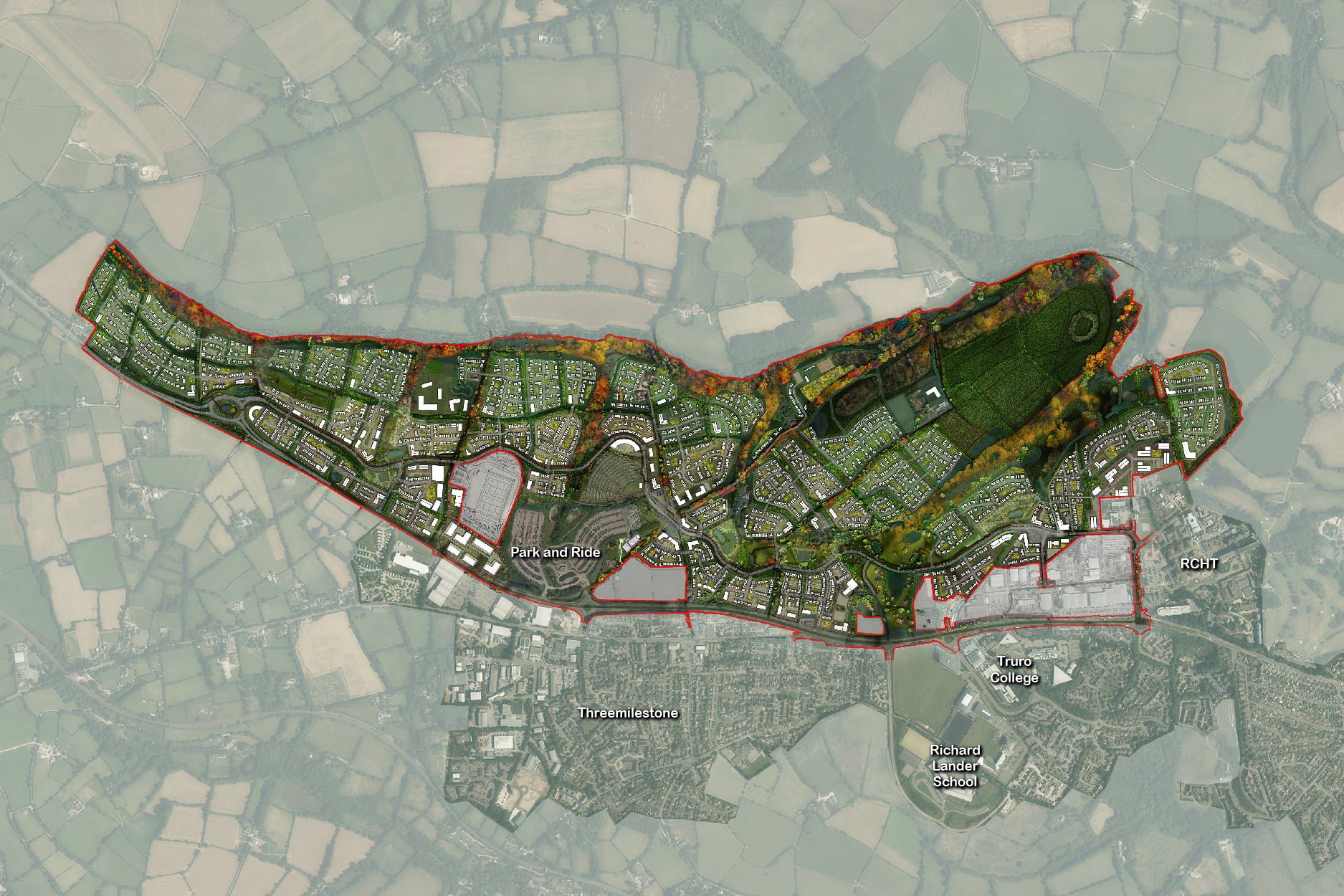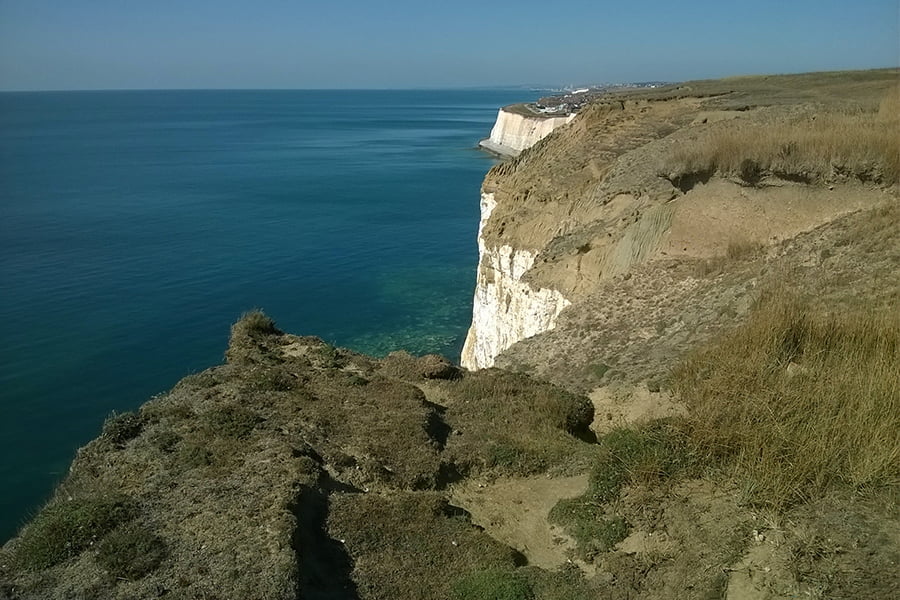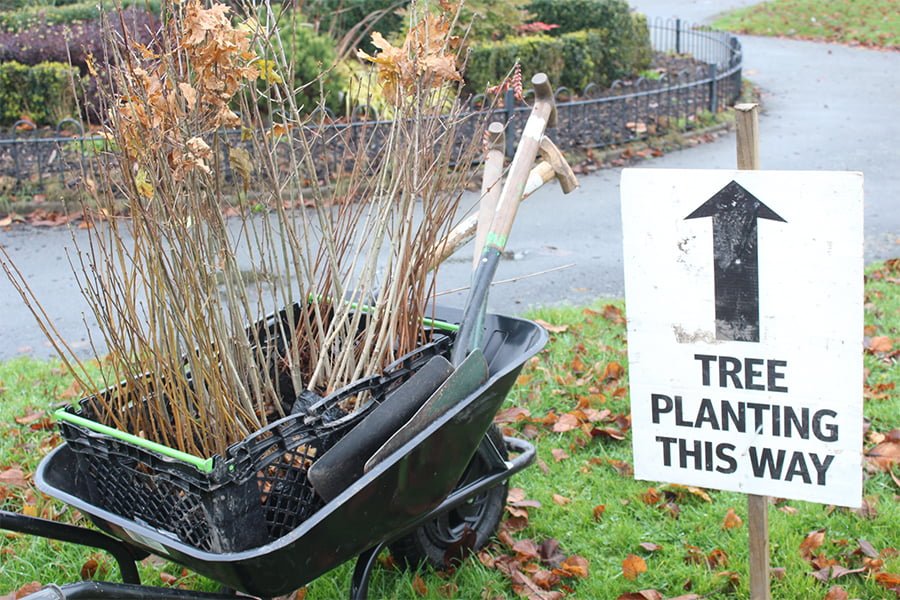TEP was commissioned by Merton Council to complete a Green Infrastructure, Biodiversity and Open Space Study within the London Borough of Merton, which comprised:
- Policy and Context Review Technical Report;
- Designated Sites Boundary Review Technical Report;
- Green Infrastructure Assessment Technical Report;
- Open Space Assessment Technical Report (with accompanying Open Space Consultation Data and Analysis Technical Report); and
- Green Infrastructure, Biodiversity and Open Space Summary Report.
TEP worked alongside our partner consultants Strategic Leisure and 4Global, who wrote the Indoor Sport Facilities Study and Playing Pitch Strategy respectively. This formed a suite of reports which comprised an evidence base for the development of Merton’s emerging Local Plan.
After undertaking a detailed review of local planning policy relating to Open Space in the Borough, TEP’s Landscape Managers carried out over 120 audits across a wide range of sites, to assess their composition of biodiversity, accessibility, quality and characteristics. They also utilised GIS to understand the spatial and strategic context of open space in Merton. This identified geographic patterns of need and opportunity in respect of the benefits most important to Merton, which accompanied the functional assessment of existing green infrastructure, biodiversity and open space assets.
The types of nature within the Borough range from the All England Lawn Tennis and Croquet Club, where the Wimbledon Tennis Championships is held to Wimbledon and Mitcham Commons. The Borough also had a huge variety of more urban and suburban green spaces in-between. At the client’s request, TEP conducted a ‘picnic test’ on each site, which is used to determine whether or not a user would be happy to sit within the space in a leisure capacity, or whether the space is more likely to be used as a link to another destination.
A fascinating element to this project was the inventive ways in which open space was already being used in the Borough, in the form of high levels of multifunctionality. Especially given the pressures on physical space that already exist and compounded by the requirement to find land to bring forward for development, as part of the emerging Local Plan. Many of the sites provided access to nature, biodiversity, green and blue infrastructure and play, all within one space such as Morden Park Meadow.
Multi-functionality was a crucial consideration during both the assessment and recommendation phases of the project. For example, one site might need to provide opportunities for leisure, enjoyment of nature and sport, along with being high-quality and accessible for a large number of potential users.
The Borough of Merton has a treasure trove of heritage sites and features, as well as a significantly higher than average mature tree stock. This gives what is undoubtedly a heavily populated area a very green feel and the opportunity for residents to experience a feeling of escapism from the city by being able to visit some of the well-established parklands such as Morden Park and Gardens.
TEP consulted with a wide range of stakeholders, user groups, friends of groups and resident associations during the strategy production, to strengthen the evidence already in existence. The outcomes revealed that because Merton is a Metropolitan Borough, not all residents have access to private gardens. Subsequently, open spaces are being used for formal and informal leisure activities, socialising, health and wellbeing purposes and commuting to other destinations on foot or by bicycle.
Each strand of the project was subject to a standards review and setting exercise, which concluded each of the technical reports and was used by the client to understand surplus and deficiency across the Borough, both in the current context and that of the future. Going forward this means any imbalances can be addressed during the planning process through informed decision making.


